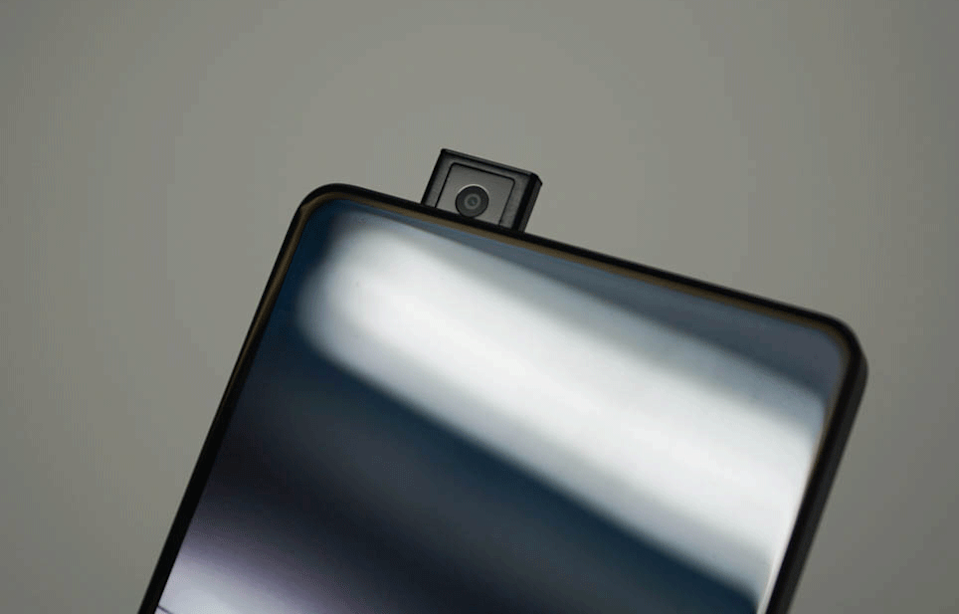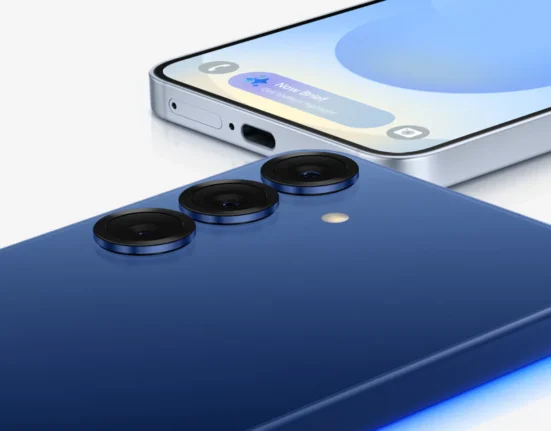Once hailed as a futuristic innovation, motorized selfie cameras—often referred to as pop-up cameras—were a brief yet intriguing chapter in the evolution of Android smartphones. These mechanical marvels brought a wave of excitement, aiming to deliver an unbroken, edge-to-edge display without compromising front camera quality. But despite their initial appeal, they have all but vanished from the smartphone landscape. Was it a case of overambitious design, or did more practical concerns lead to their quiet fade-out? Let’s revisit this unique period in Android history and explore the reasons behind the motorized selfie camera’s rise—and subsequent fall.
The Ascent of Pop-Up Camera Phones
In the years around 2018 and 2019, Android phone makers were exploring bold new design ideas, and one of the most eye-catching innovations was the motorized pop-up selfie camera. This approach was largely driven by the industry’s desire to create an immersive, uninterrupted full-screen display by eliminating notches and punch holes.
Brands like Oppo, Vivo, and Huawei were among the early adopters. Vivo’s Nex series and Oppo’s Find X were some of the earliest devices to showcase this technology in a compelling way. Following their lead, other major players such as Xiaomi, Realme, OnePlus, Asus, and even Samsung released devices that adopted some form of a pop-up or mechanical selfie camera. Samsung’s Galaxy A80, for example, offered a creative twist with a rotating camera setup.
For many users, the appeal was clear: an edge-to-edge screen free from any visual interruptions. Compared to the then-popular notch introduced by Apple’s iPhone X, the motorized camera felt sleek, modern, and high-tech. It gave Android phones a distinct identity—and a bit of a cool factor.
Different Variations of Motorized Cameras
Before diving into the reasons behind the downfall of these cameras, it’s worth exploring the various mechanical approaches manufacturers experimented with. The most common and straightforward implementation was the vertical pop-up camera, which slid up from the top edge of the phone when activated. Devices like the OnePlus 7 Pro, Xiaomi Mi 9T, and Vivo Nex adopted this design, offering clean aesthetics and simple mechanics.
Oppo took a different route with its unique “shark-fin” design, seen in its Reno series. Instead of a simple vertical movement, this module rose at an angle, resembling a fin. It wasn’t just visually distinct—it was also considered structurally stronger than the basic pop-up.
Some companies experimented further. For instance, a full-back sliding mechanism was employed by a few models, where a large portion of the back panel moved to reveal the front camera. Although impressive, this approach introduced even more complexity and potential points of failure.
Then there was the rotating camera concept, exemplified by Samsung’s Galaxy A80 and Asus’ flagship models. These phones used a single high-quality rear camera that flipped forward when a selfie was needed. This clever method not only ensured better selfie image quality but also maximized screen space by removing the need for a dedicated front lens.
The Downside of Moving Parts
Despite their novelty and wow factor, motorized selfie cameras had their fair share of practical drawbacks. Chief among them was the vulnerability of moving mechanical parts. Compared to fixed cameras, these components introduced long-term durability concerns. Questions about how well the motors would hold up after months—or even years—of daily use became common among consumers.
Another concern was the lack of water and dust resistance. The very nature of these cameras meant that the phone’s chassis had openings—potential weak points that prevented manufacturers from achieving high IP ratings for protection against the elements. Sand, lint, or even small debris could interfere with the mechanism, especially in environments like beaches or dusty areas.
Accidental activation was also a problem. Some users found the camera would sometimes engage while the phone was in a pocket or bag, leading to unnecessary wear and unexpected battery drain. Even though companies showcased rigorous testing and durability demonstrations during product launches, skepticism remained. For many, the added risk simply wasn’t worth the visual gain.
The Shift Toward More Practical Solutions
As the novelty of motorized cameras wore off, the smartphone industry began shifting toward more pragmatic solutions. The hole-punch camera became the new norm—a small cutout in the display that houses the front camera while maintaining most of the screen real estate. It’s a simpler, more robust design, free from mechanical failure points, and it enabled manufacturers to bring back higher durability ratings, including water and dust resistance.
Alongside this, the development of under-display camera (UDC) technology began gaining traction. This design allows the selfie camera to sit beneath the screen itself, making it invisible when not in use. Though still maturing in terms of image quality, UDCs promise a truly seamless display experience. Major brands like Samsung and Xiaomi have already released early implementations of this tech, and its refinement continues.
These solutions, while perhaps less flashy than their motorized counterparts, address many of the concerns users had about moving camera parts. They’re more durable, easier to produce at scale, and compatible with advanced biometric systems like facial recognition.
The Quiet Disappearance of Pop-Up Cameras
Ultimately, motorized selfie cameras served their purpose: they pushed design boundaries and helped pave the way for more refined solutions. However, the combination of mechanical complexity, fragility, and practicality concerns meant their time was limited. They were a creative stopgap in the quest for bezel-less displays—but not a permanent fixture.
Now, with the dominance of hole-punch designs and the growing promise of under-display technology, the motorized selfie camera has quietly exited the stage. While they’ll likely be remembered fondly by tech enthusiasts for their daring innovation, it’s clear that the smartphone industry has moved on to sleeker, simpler, and more sustainable alternatives.






